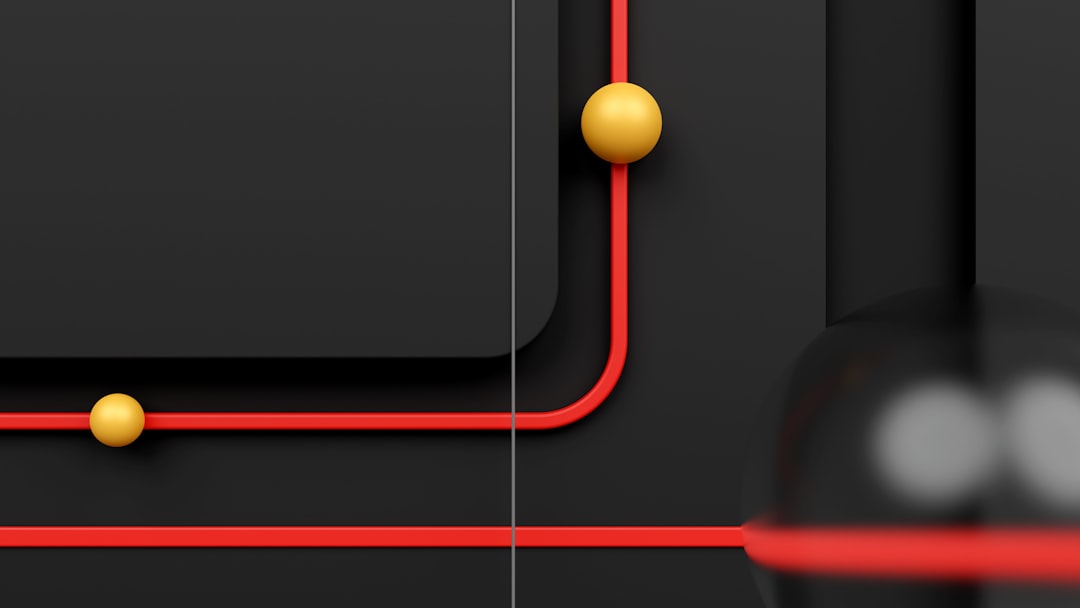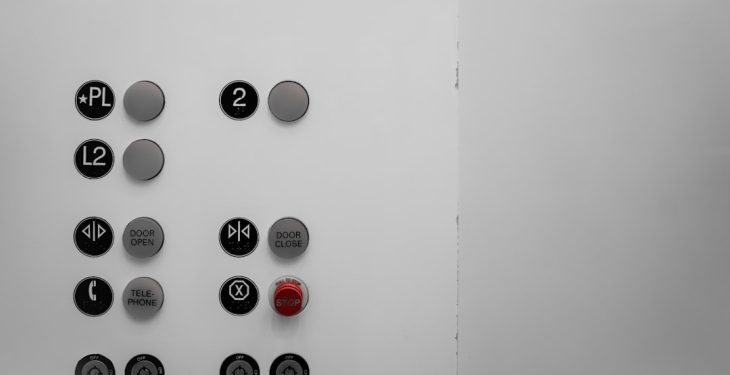Have you ever seen the word MUI and wondered what it means? You’re not alone! It pops up in tech talks and cozy corners of the internet. Don’t worry — we’ll break it down for you. By the end of this article, you’ll know exactly what MUI means and how it’s used.
Let’s Start with the Basics
MUI stands for Material User Interface. It’s a fancy way of describing a design system used to build great looking websites and apps. MUI helps developers make user interfaces that are sleek, modern, and super easy to use.
Think of it like LEGO for building websites. Each block is a button, a menu, or a card — and they all fit together perfectly.

Why is MUI So Popular?
Good question! There are a few reasons why developers love MUI:
- Easy to Use: MUI comes with ready-made parts. You just plug and play.
- Customizable: You can match it to your app’s colors, fonts, and style.
- Responsive: It looks great on phones, tablets, and computers.
- Based on Google’s Design: MUI follows rules made by the big brains at Google’s Material Design system.
- Big Community: Lots of people use it, so you’ll find help when you need it.
Basically, it makes life easier for developers and gives users a smoother experience.
Where Did It Come From?
MUI was originally called Material-UI. It was created in 2014 to help developers bring Material Design to their React apps. Since then, it has grown into a powerful library loved by many.
React is a JavaScript library from Facebook. It lets developers build websites in smaller pieces. MUI fits perfectly with React — they’re a great team!
What Does MUI Include?
MUI includes lots of cool stuff. Here’s a quick look:
- Buttons: Clickable things like “Submit” or “Next”.
- Cards: Fancy boxes that hold pictures and text.
- Sliders: Move a dial to choose volume or brightness.
- Menus: Options you can pick from.
- Forms: Boxes to write stuff like your name or email.
And that’s just scratching the surface! MUI has hundreds of components you can mix and match.
MUI Is Not Just One Thing
MUI is like a toolbox. And inside, there are several tools:
- MUI Core: This is the main part — includes all the building blocks.
- MUI X: Extra goodies like data grids, charts, and more advanced widgets.
- MUI System: Helps you control layout, spacing, and design structure.
- Joy UI: A newer design flavor with a softer, more playful look.
So depending on your project, you can pick the tools you need!
Is MUI Only for Developers?
Mostly, yes. MUI is built for developers. But even if you’re not a developer, you benefit from it too. How?
Because apps and websites built with MUI are usually:
- Neat and tidy
- Easy to use
- Familiar — they behave like other apps you already use
So anytime you use a smooth, good-looking app, there’s a chance it was made using MUI!
Design vs. Function
Let’s get artsy for a second. Design is how something looks. Function is how it works. MUI helps blend both.

For example, a search bar can look amazing. But it also needs to work when someone starts typing. MUI makes sure it does both. It uses smart code under the hood and sweet designs on the outside. It’s the whole package.
Do I Have to Pay for MUI?
Good news! Most of MUI is free. It’s open source. That means developers can use it, change it, and share it — all for zero dollars.
However, there’s a part called MUI X. Some features in MUI X are premium (fancy word for paid). They include advanced tools like a super-smart data grid. But if you’re just starting out, the free version is more than enough.
Who Uses MUI?
It’s not just small-time coders using MUI. Big names love it too! Companies you’ve probably heard of, like:
- Nasa
- Spotify
- Netflix
- Amazon Web Services
They trust MUI to help build fast, responsive, and stylish apps. That says a lot!
How Do You Start Using MUI?
If you’re a developer and want to try MUI, here’s a simple path:
- Learn some basics of React
- Install MUI using a tool like npm or yarn
- Import a component — for example, a button
- Add it to your page
- Customize it!
There are tons of tutorials and code examples to help you. The MUI documentation is super friendly.
What Makes MUI Different from Other UI Libraries?
There are many UI libraries out there. Bootstrap, Tailwind, Ant Design… the list goes on.
But MUI stands out because:
- It follows pure Google Material Design rules
- It works beautifully with React
- It offers both design and engineering solutions in one
That makes it a favorite choice for many modern-day projects.
Quick Fun Facts About MUI
- MUI has over 80,000 stars on GitHub! That’s a lot of love.
- It gets millions of downloads every week.
- A global team of contributors helps keep it growing.
Wait — Is MUI the Same as Material Design?
Ah, sneaky question! They’re related, but not the same.
- Material Design is a design system made by Google.
- MUI is the tool that brings those designs to life on the web.
So, think of Material Design as the recipe, and MUI as the chef!
Final Thoughts
Now you know what MUI means. It’s short for Material User Interface, and it helps make beautiful web apps. Whether you’re building a food delivery app or a weather dashboard — MUI can help make it look and feel great.

Next time a developer talks about their project and mentions MUI, you can nod wisely and say, “Ah yes, Material User Interface — very sleek.” You’ll sound like a pro!
So go ahead, explore MUI, and maybe even give it a try!
